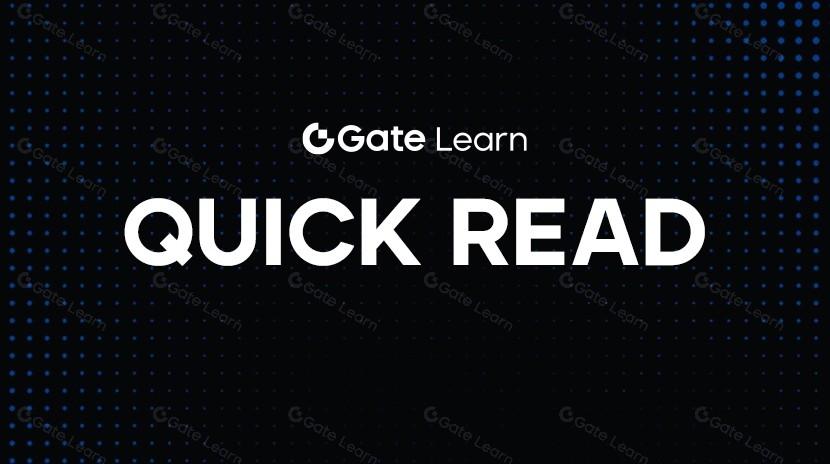Monad’s MON Token Stumbles on First Trading Day: A Cold Start Under High Expectations
Monad Mainnet Official Launch and MON Token Circulation
On November 24, 2025, the highly anticipated Monad mainnet officially went live, debuting its native token, MON. According to official sources, MON has a total supply of 100 billion tokens. Of these, about 10.8% (roughly 10.83 billion tokens) were unlocked and entered circulation on the launch day.
In the initial circulating supply, the team released some tokens to the market via Coinbase’s public sale, while another portion went out through an airdrop. Specifically, 7.5% was set aside for the public sale and 3.3% for the airdrop, aiming to give market participants and early community supporters direct access to MON.
Slow MON Public Sale Raises Concerns
Unlike many recent tokens that sold out rapidly during their public sale phases, MON’s public sale on Coinbase progressed at a noticeably slower pace. The project adopted a “broad distribution” model, focusing on widespread user participation rather than quick fundraising. Co-founder Keone Hon stressed that they chose Coinbase’s allocation algorithm specifically to prevent token concentration among a small group of large investors.
The team noted that any unsold tokens at the end of the public sale would be reallocated to the ecosystem development pool, supporting network growth and community initiatives.
First Trading Day: Weak Performance in Price, Volume, and Market Cap
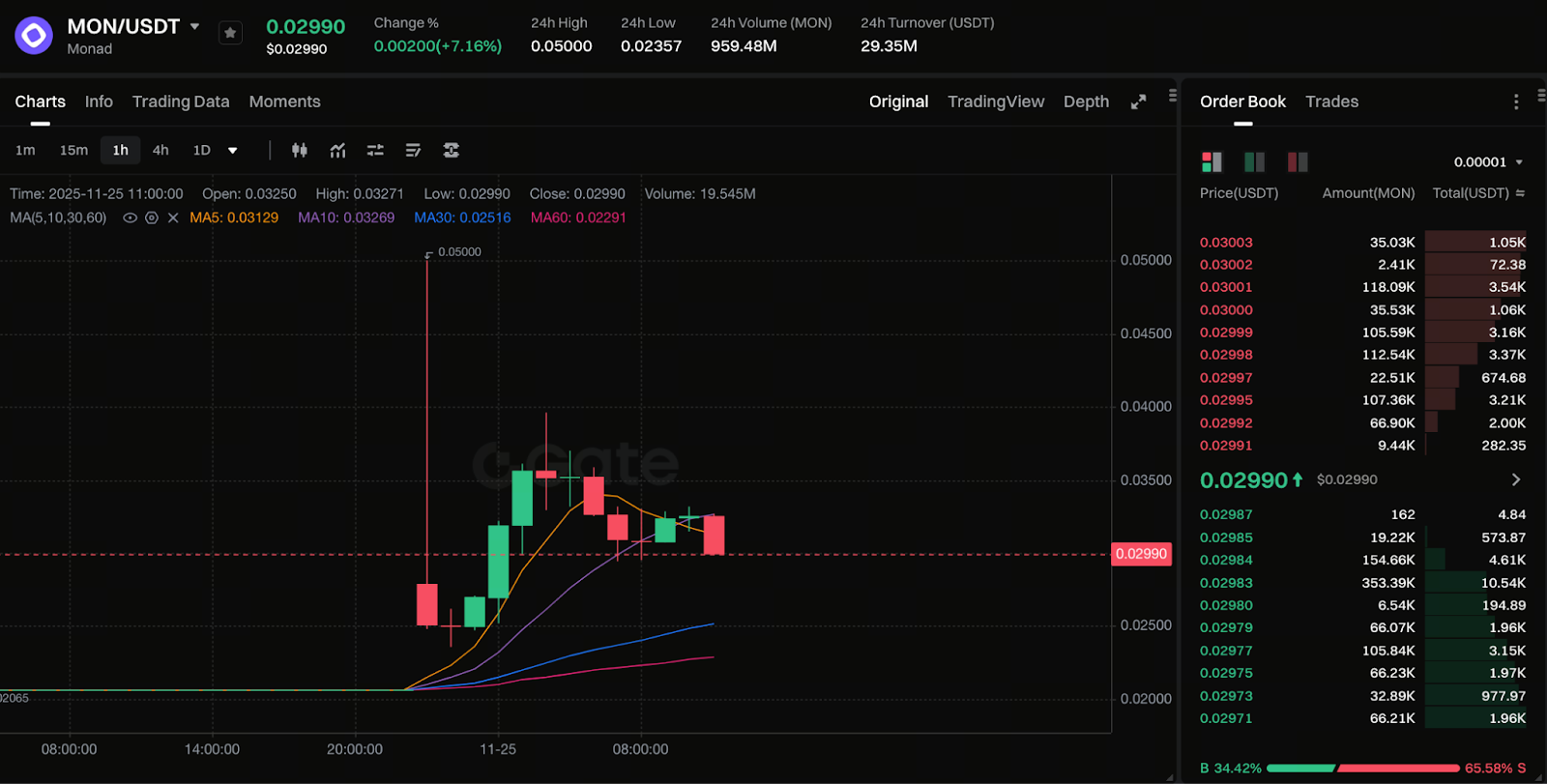
Chart: https://www.gate.com/trade/MON_USDT
On its first day of trading, MON was priced at about $0.02417, slightly below its $0.025 public sale price. Trading activity was low: just $50 million in volume was recorded within the first 100 minutes after launch—a modest figure for a highly anticipated Layer-1 chain.
Based on the first-day circulating supply, MON’s opening market cap was approximately $262 million. Overall, market enthusiasm for the token launch and mainnet debut hasn’t fully appeared, with both capital and sentiment staying cautious. The price later surged to a peak of around $0.34 in the early hours of the 25th.
Tokenomics Debate: Team Allocation Draws Criticism
MON’s token allocation structure has recently sparked discussion in both the industry and the community. The official initial allocation is as follows:
- 27% to the Monad team
- 19.7% to investors
- 4% to the Labs treasury
- 38.5% for ecosystem development
The team’s 27% share is notably high for a newly launched Layer-1 mainnet. Some market observers warn that such a large team allocation could create significant sell pressure when tokens unlock. This may hurt confidence in MON’s value over the medium and long term.
Co-Founder Response and Strategic Adjustments
Addressing the slow uptake in the public sale, Monad co-founder Keone Hon reaffirmed the team’s commitment to Coinbase’s allocation model, emphasizing fair and broad participation over short-term fundraising speed.
The team will use unsold tokens to boost ecosystem development—providing developer incentives, marketing, and building strategic partnerships. This move should help strengthen the project’s long-term community value.
Overall, the team is actively prioritizing sustainable growth and a robust ecosystem. Whether this can ease cautious early market sentiment is unclear and will depend on trading performance over time.
Market Outlook and Investor Considerations
In the short term, MON’s first trading day was disappointing—its price dipped below the public sale price, liquidity was limited, and the allocation structure heavily favored the team. These factors may continue to weigh on market sentiment. Still, over the medium and long term, Monad could increase its network value if it attracts developers, fosters ecosystem applications, and uses unsold tokens to inject further momentum. The key challenges ahead are the pace of ecosystem growth, how quickly tokens unlock, and whether the project builds community trust.
Investors should remain cautious. If you hold or trade MON, keep an eye on its technical development, watch for the project to deliver on ecosystem promises, and monitor whether it maintains a healthy token vesting schedule.
Related Articles

Pi Coin Transaction Guide: How to Transfer to Gate.io

Flare Crypto Explained: What Is Flare Network and Why It Matters in 2025
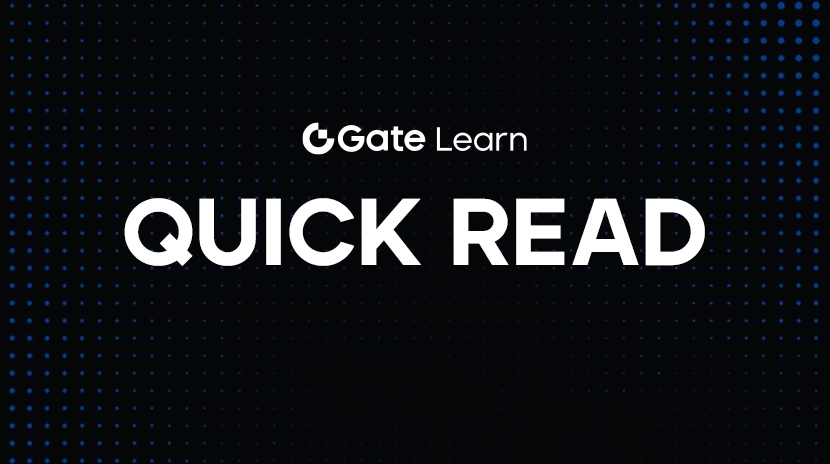
How to Use a Crypto Whale Tracker: Top Tool Recommendation for 2025 to Follow Whale Moves
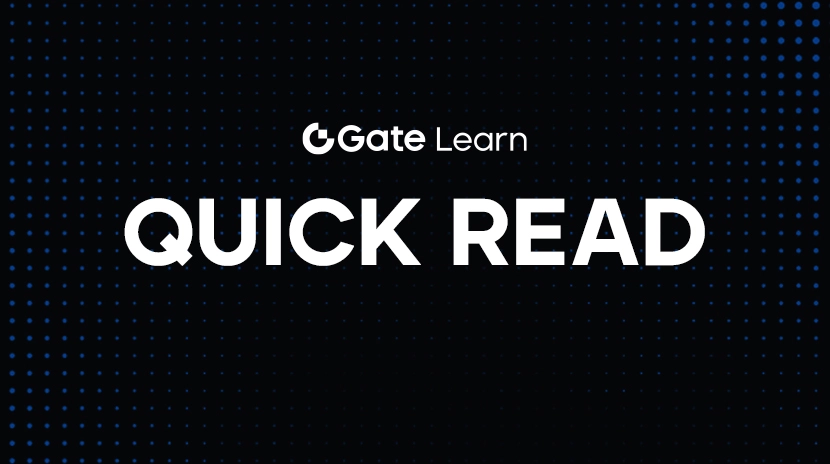
2025 BTC Price Prediction: BTC Trend Forecast Based on Technical and Macroeconomic Data
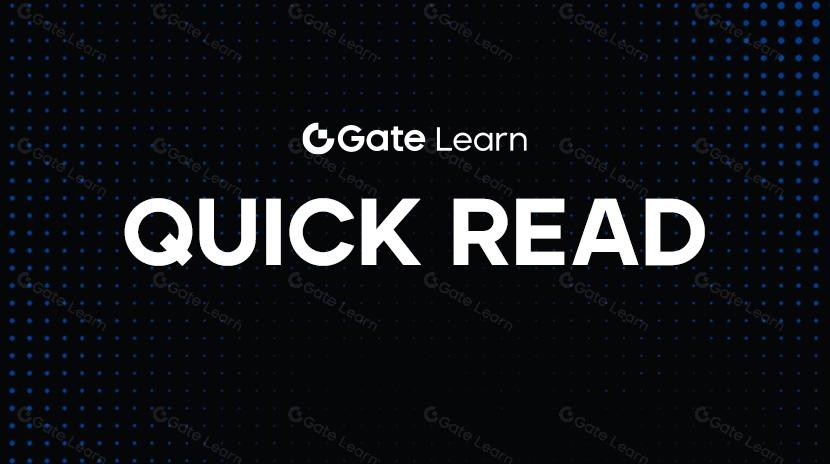
What is N2: An AI-Driven Layer 2 Solution
